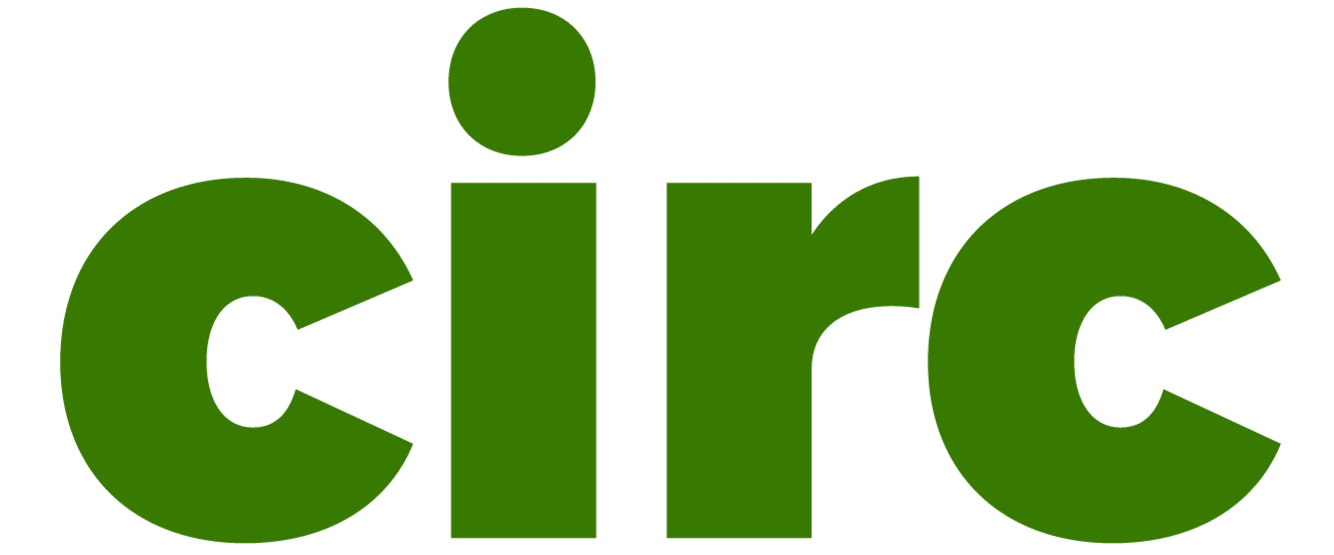You have the opportunity to stand up for wetlands today by telling EPA just how beneficial and important wetlands are for our communities.
The Clean Water Act (CWA) protects the “waters of the United States.” This consequential term, referred to by its acronym “WOTUS,” has been heavily redefined and debated over the last several administrations and is now facing even more scrutiny.
Lee Zeldin, EPA Administrator, recently announced that EPA will be taking steps to redefine WOTUS based on the Sackett v. EPA Supreme Court decision, potentially narrowing even further the number of wetlands and streams the CWA can protect. The current definition limits CWA protections for wetlands to only those wetlands that have a continuous surface connection to traditional navigable waters. This definition leaves more than half of our nation’s remaining wetlands unprotected from destruction and pollution.
On March 12, 2025, EPA and the U.S. Army Corps published a guidance memo outlining their interpretation of the Sackett decision and definitions of “adjacent wetland” and “continuous surface connection.”
This new guidance protects only wetlands that:
- Are directly and clearly connected to a traditional navigable water (a river, lake, stream, tributary, or other coastal water) where it is difficult to decern where the water ends and the wetland begins.
This interpretation excludes wetlands that are connected to those waters by:
- Human-made structures like berms or pipes, or
- Channels that fill with water and flow when it rains.
This consequentially further limits the number of wetlands that would be considered protected under the CWA, making more wetlands vulnerable to dumping of unregulated pollution and to draining to make way for development. This can lead to many negative consequences, not just for natural spaces we all enjoy, but in price increases to the everyday water user.
When pollution from unprotected wetlands undoubtedly enters navigable waterways, water treatment facilities are still on the hook to treat the water. In practice, this can mean that rate payers face price increases when pollution increases. According to EPA’s own Watershed Academy, wetlands save us money. They are natural water treatment plants, removing waste, sediment, and excess nutrients, all of which improves the quality of our waters and saves on drinking water treatment costs.
In addition to improving drinking water quality, wetlands protect us – they soak up water when it rains to prevent flooding. They are natural buffers, shielding homes from flood damage and preventing costly repairs. Following 2024’s historic flooding in western North Carolina, plans to mitigate future flood risks include restoring wetlands and floodplains as a way to naturally absorb and slow down flood waters.
When homes are built on wetlands, however, they tend to do the opposite. During dry seasons or in situations where the wetland has been drained by a developer, home buyers can unknowingly purchase a property built on a wetland. When the rain comes, so does flooding, as the water no has nowhere to go.
The announcement of the WOTUS review came right after EPA also announced many other rollbacks to environmental regulations, calling it the biggest deregulatory action in US history. As a reminder, before the founding of the EPA and the enactment of bedrock environmental laws like the CWA, we lived without regulation. We saw oil-laced rivers catch on fire, air so thick that it caused lasting respiratory problems, enough trash and raw sewage in the Delaware River that you could smell it from airplanes, and fish kills that wiped out entire populations and are just now beginning to make a comeback.
In addition to WOTUS, last month the Supreme Court ruled in favor of weakening rules for the discharge of raw sewage into water supplies, and the Executive Order “Declaring a National Energy Emergency, which means even bigger threats to wetlands.
protect clean water, clean air, and public health. According to polling from the Environmental Protection Network, 86% of 2024 voters oppose attempts to weaken EPA and 68% of voters believe the EPA Administrator should focus on protecting the environment rather than repealing regulations. According to polling from the Walton Family Foundation in 2022, after learning the facts surrounding the Sackett case, 75% of adults were supportive of more protections for wetlands under the Clean Water Act, with just 13% supportive of removing protections.
Public engagement is critical in this moment and in the coming years. We must use our collective voice to stand up for clean water and call on EPA to protect people, not polluters.
Ways to Take Action:
- Understand how these rollbacks can impact the wetlands in your state. Check out this new NRDC map that highlights the impacts to wetlands under the Sackett ruling.
- Submit written comments. Explain how reduction in wetland protections and an increase in unregulated pollution will impact your community – including stories and personal experience can be extremely impactful. Comments are due April 23rd.
- Sign up for a listening session and voice your concerns to EPA directly. Sessions are being held April 29th – May 1st. For more on the comment opportunity and listening sessions, see EPA’s webpage.
- Get the word out! Inform your community of the importance of wetland protections and elevate your voices for clean water.
- If you are an advocate with a Network non-governmental organization, join our monthly Federal Water Policy Update calls and newsletter list to learn the latest on wetlands protections and connect with other advocates.


